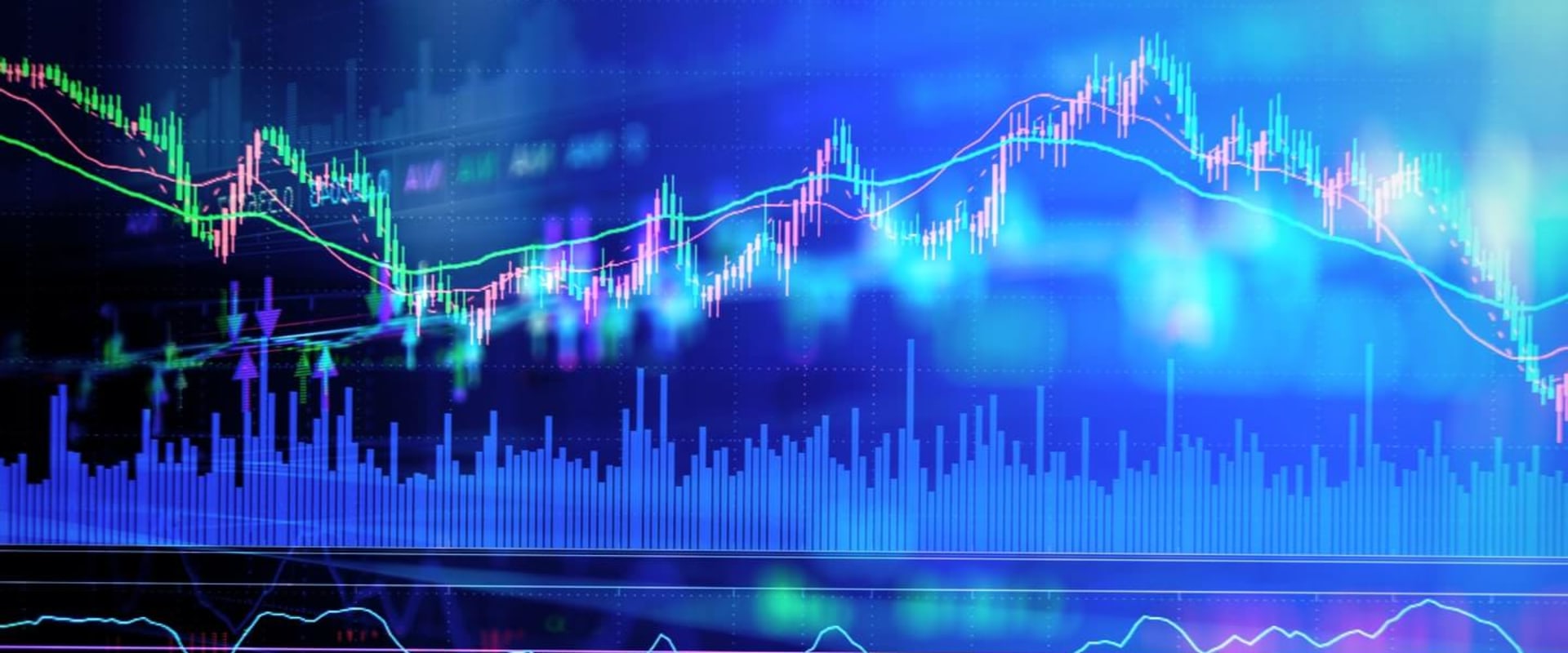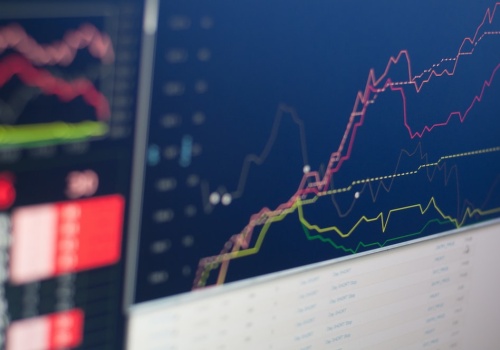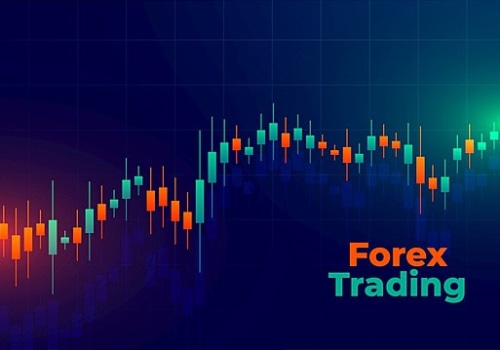Trading in the Forex market can be an intimidating prospect for any investor. With so many different currencies, markets, and trading strategies, it can be difficult to know where to start. One way to increase your success in the Forex market is to use signals to diversify your trades. By using signals, you can gain insight into what other traders are doing in the market and make informed decisions about when and how to enter and exit trades.
In this article, we will explore how signals can be used to diversify your trades and improve your overall profitability. Signals are a valuable tool for any trader who is looking to increase their success in the Forex market. They provide insight into the current state of the market and help traders make informed decisions about when and how to enter and exit trades. Signals can be used to diversify trades by providing traders with multiple entry points and helping them reduce their risk. Additionally, signals can be used to identify profitable opportunities in the market that they may not have seen otherwise.
By using signals to diversify their trades, traders can increase their chances of success and maximize their profits. Trading signals are a powerful tool for any forex trader looking to diversify their portfolio and make more informed decisions. Signals can provide traders with data-backed insights into potential trading opportunities, enabling them to make decisions faster and with more confidence. There are several types of trading signals available, each with its own advantages and disadvantages. Trend-following signals help traders identify potential breakouts and reversals in the market, while breakout signals can alert traders of potential support and resistance levels.
Other signals, such as volume-based signals, are used to identify strength or weakness of certain currency pairs. Using signals in your trading strategy can offer several advantages, including helping you identify opportunities faster, reducing risk, and increasing profits. However, there are some potential downsides to relying too heavily on signals, such as potential conflicts between signals and your own judgement. It is important to use signals in conjunction with your own analysis and experience. To get started using signals in your trading strategy, you need to choose a reliable signal provider and determine which type of signal is best suited for your needs. You also need to set up a signal monitoring system to ensure that you receive timely updates about the latest market movements.
Once you have chosen a signal provider and established a monitoring system, you will need to learn how to interpret the signals and decide when to act on them. This can take some practice but it is essential for successful trading. Examples of how signals can be used in practice include traders using trend-following signals to identify possible breakouts or reversals in the market, or using breakout signals to identify potential support and resistance levels. It is also possible to use volume-based signals to identify strength or weakness in certain currency pairs. By using these types of signals in combination with other forms of analysis, traders can gain valuable insights into potential trading opportunities. In addition to providing examples of how signals can be used in practice, it is also important to showcase real-world examples of how traders have used trading signals in their own strategies.
This could include stories of successful trades and lessons learned from unsuccessful trades. By doing this, traders can gain an understanding of how different types of signals can be used in different scenarios. In conclusion, trading signals are a valuable tool for any forex trader looking to diversify their portfolio and make more informed decisions. Signals provide data-backed insights into potential trading opportunities that enable traders to make decisions faster and with more confidence. Different types of signals can be used in combination with other forms of analysis to identify potential trading opportunities.
To get started using signals in your trading strategy, it is important to choose a reliable signal provider and understand how to interpret the signals correctly. Real-world examples of successful trades and lessons learned from unsuccessful trades can help traders gain an understanding of how different types of signals can be used in different scenarios.
Examples of Using Signals
Traders have utilized trading signals in many different ways to diversify their portfolios. One of the most common examples is using signals to identify strong entry points in the market. By analyzing signals, traders can identify when it’s an opportune time to enter a position, allowing them to capitalize on potential opportunities. Another example of how traders use signals is for risk management.By monitoring signals, traders can identify when to adjust their stop-loss levels or take profits. This helps traders limit their losses and reduce their risk exposure. Many traders also use signals to identify potential trading strategies. By studying signals, traders can better understand the market and how different strategies might work in different market conditions. This can help them make more informed decisions about which strategies to use. Finally, traders can use signals to detect potential trading opportunities.
By studying signals, they can identify when a certain asset is undervalued or overvalued. This can enable them to capitalize on potential opportunities before they become too saturated.
Benefits of Using Signals
Using trading signals as part of your trading strategy can provide a range of benefits. Firstly, signals can provide traders with data-backed insights into potential trading opportunities, giving traders more confidence in their decisions. This means that traders can make decisions faster and with more confidence, potentially leading to better returns.Signals also provide traders with an additional layer of diversification. By utilizing signals, traders can diversify their portfolios and spread their risk across multiple trades. Finally, signals can help traders stay up-to-date on the latest market developments and trends, allowing them to make more informed decisions and capitalize on opportunities as they arise. Overall, using trading signals can be a valuable tool for any forex trader looking to diversify their portfolio and make more informed decisions. Signals can provide traders with data-backed insights into potential trading opportunities, enabling traders to make decisions faster and with more confidence.
By utilizing signals, traders can diversify their portfolios and spread their risk across multiple trades, while also staying up-to-date on the latest market developments and trends.
Getting Started with Signals
Traders looking to get started using trading signals need to take a few steps. First, they should evaluate their own trading experience and level of risk tolerance. Different signals may be more suitable for different levels of trading knowledge and risk appetite. Once a trader has identified the type of signal that works best for them, they should research different signal providers and compare their offerings.It is also important to read reviews from previous users of the service and confirm that the provider is reliable. When selecting a signal provider, it is important to look at the frequency and accuracy of the signals offered, as well as their accessibility. Most signal providers offer signals through an online platform, with options for email notifications or automated alerts. They should also provide clear instructions on how to use the signals, as well as comprehensive support in case of any questions or concerns. Once a trader has found a signal provider that meets their needs, they should open a demo account and practice using the signals in a risk-free environment. This gives them an opportunity to get a feel for the signal provider and become comfortable with using the signals in live trading scenarios.
Once they are confident with their ability to use the signals correctly, they can move on to live trading with real money.
What are Trading Signals?
Trading signals are automated notifications that alert traders of potential trading opportunities. They can be based on a variety of market data, such as price movements, technical indicators, economic news, and other sources. These signals can help traders identify potential entry and exit points, as well as determine when to close a position and when to scale in or out of a trade. In addition, signals can provide information on market trends and help traders stay informed of market conditions. Traders can use trading signals to diversify their strategies.For example, some signals may suggest taking a long position in a currency pair while others may suggest taking a short position. Signals can also be used to identify potential entry and exit points in a trade, helping traders maximize their profits and limit their losses. Additionally, signals can be used to identify potential market trends, allowing traders to adjust their strategies accordingly. Signals can be generated by software programs or by human analysts who study the markets and identify potential trading opportunities. It is important for traders to understand the different types of trading signals available and how they can be used to diversify their strategies.
Additionally, it is important for traders to understand the risks associated with trading signals and how they can affect their overall trading strategy. In conclusion, trading signals can be a great way for traders to diversify their portfolio and make more informed decisions. Signals can provide traders with data-backed insights into potential trading opportunities, helping traders make decisions faster and with more confidence. When used correctly, signals can be a valuable tool for any forex trader. When choosing a signal provider, it is important to ensure they are reliable and offer accurate signals.
Additionally, it is essential to interpret the signals correctly and make the most out of them. By taking these steps, traders can make the most out of trading signals and use them to diversify their trading strategy.












Leave Reply